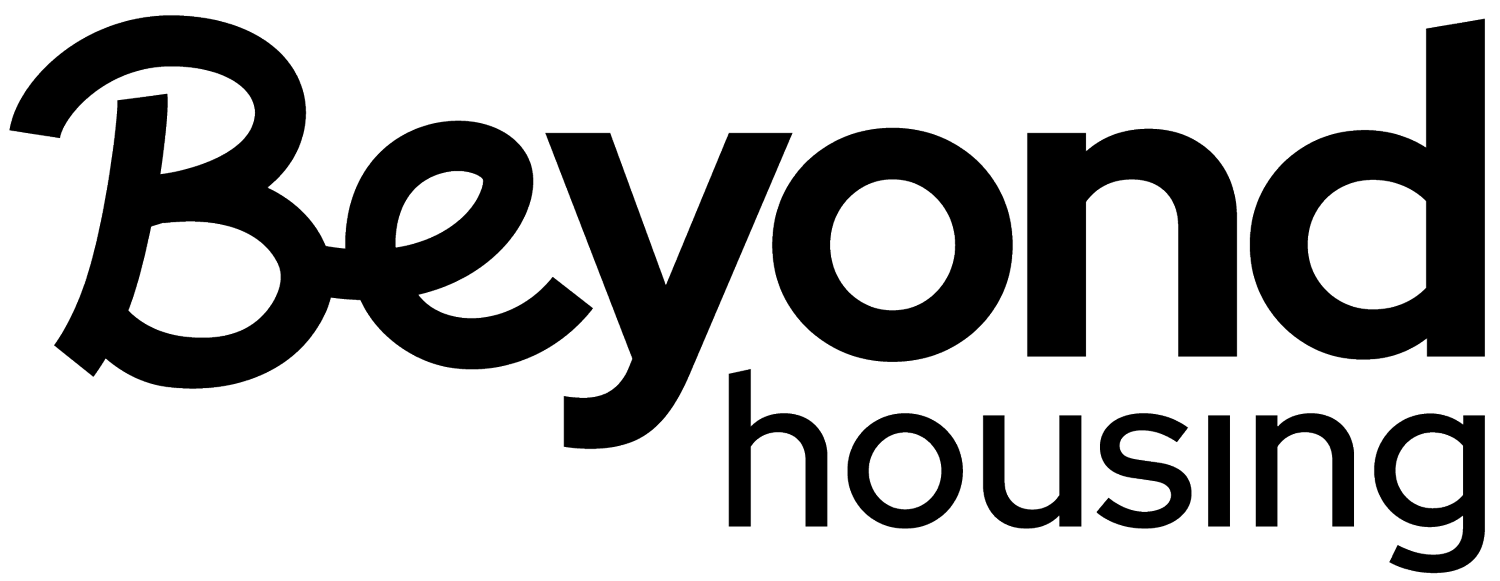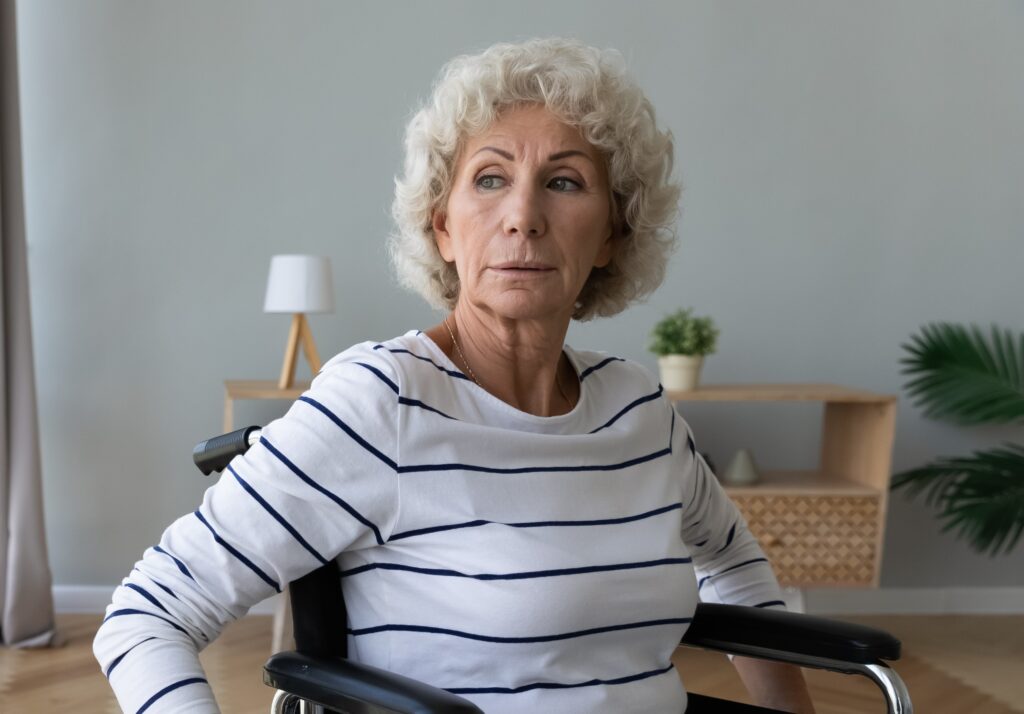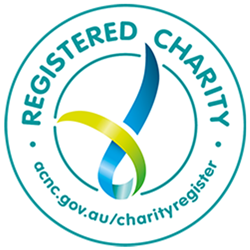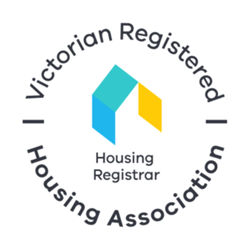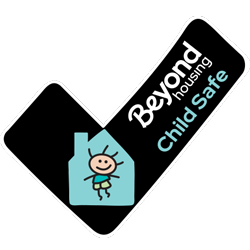Homelessness is not only the absence of a home but also living in impoverished or unsuitable accommodation. It involves situations where a person’s living arrangement is inadequate, lacks secure tenure, or doesn’t allow control over personal space.
According to the Australian Institute of Health and Welfare, people with disabilities are overrepresented in the homeless population due to discrimination, inadequate social support, and limited access to appropriate housing. The Australian Housing and Urban Research Institute also found that private rental landlords were often reluctant to modify properties to accommodate the needs of people with disabilities.
In 2023-2024, nearly 29% of all people accessing Beyond Housing’s specialist homelessness services in Seymour, Shepparton, Wangaratta, and Wodonga reported having a disability. The intersection of disability, inadequate housing, and homelessness presents unique challenges, especially for people over 50.
“These figures highlight the urgent need for accessible and appropriate housing solutions for people with disabilities,” said Acting CEO Penny Hargrave. “We must ensure that everyone, regardless of their abilities, has a safe and secure place to call home.”
After returning to their hometown of Shepparton from Queensland, Karen, 50, and her partner Colin, who has a disability, faced significant challenges in finding affordable and appropriate housing. Initially, they moved into a mice-infested, mould-ridden property that posed serious health risks for Colin. They then relocated to a granny flat behind her son’s house. However, in 2022, floods destroyed the granny flat, forcing them into overcrowded conditions with her son’s family in a cramped three-bedroom house shared by eight people, making privacy nearly impossible. Facing the prospect of moving into a caravan park, they were offered one of Beyond Housing’s new, modern two-bedroom units late last year. This new home provided the stability they needed and allowed them to enjoy time with their grandchildren.
Donna, 58, who is single with no dependents and has a physical disability, found herself in an even more dire situation when she was given a notice to vacate her private rental. Her family, living interstate, was unable to accommodate her needs. After being on the Victorian Housing Register for three years without success, Donna sought help from Beyond Housing’s Shepparton team. An Initial Assessment & Planning (IAP) worker provided crisis accommodation and made an internal referral to the Private Rental Assistance Program (PRAP). Despite her good rental history and disability support pension, no suitable properties were found. The IAP and PRAP workers then reached out to the Beyond Housing property management team, who arranged modifications to a new home under construction using Donna’s National Disability Insurance Scheme package. Meanwhile, she was provided with an additional three weeks of crisis accommodation. Donna has since moved into her new home, where she finally enjoys the stability and comfort she needed.
“Stories like Karen’s and Donna’s remind us of the real impact that appropriate housing can have on the lives of people with disabilities,” said Ms Hargrave. “It’s about more than just providing a roof over their heads; it’s about ensuring dignity, stability, and the opportunity to live a full life.”
Colin and Donna are just two of 186 households that identify as having an occupant with a disability living in our homes across the Goulburn and Ovens Murray regions. All our current homes are designed and built according to the Livable Housing Design Guidelines to ensure they are safer, more comfortable, and easier to access. This includes larger bathrooms with provisions for future installation of handrails, step-free entries, and wider doors and hallways to provide easier movability at all stages of a person’s life.
Property modifications are usually requested by the renter, supported by documentation such as an occupational therapist’s report detailing the necessary changes to make the property more accessible and explaining why these modifications are required. The type of modifications, such as handrails or bathroom alterations, will determine who is responsible for completing and funding the work.
Beyond Housing also manages a property envisioned and co-designed by its six residents, who are supported by Yooralla. Named Wattletree Grove after its Benalla location, the home has been built to meet the NDIS Specialist Disability Accommodation standards, designed to provide people living with disability with greater independence.
“We are committed to ensuring that our housing meets the needs of all our renters, especially those with disabilities,” said Ms Hargrave. “Through thoughtful design and supportive services, we can make a significant difference in their lives.”
*Names and some details changed for privacy reasons.
Sources:
- “Homelessness and Disability,” Australian Institute of Health and Welfare, 2022.
- “Disability and Housing Report 2021,” Australian Bureau of Statistics, 2021.
- “People with Disabilities and Housing Instability,” Australian Housing and Urban Research Institute, 2023.
- “National Disability Strategy 2021-2031,” Australian Government Department of Social Services.
- “Annual Report 2022,” Disability Advocacy Network Australia (DANA).
- “National Disability Insurance Scheme Annual Report 2022,” NDIS.
For more information or interviews contact:
Sue Masters
0448 505 517
